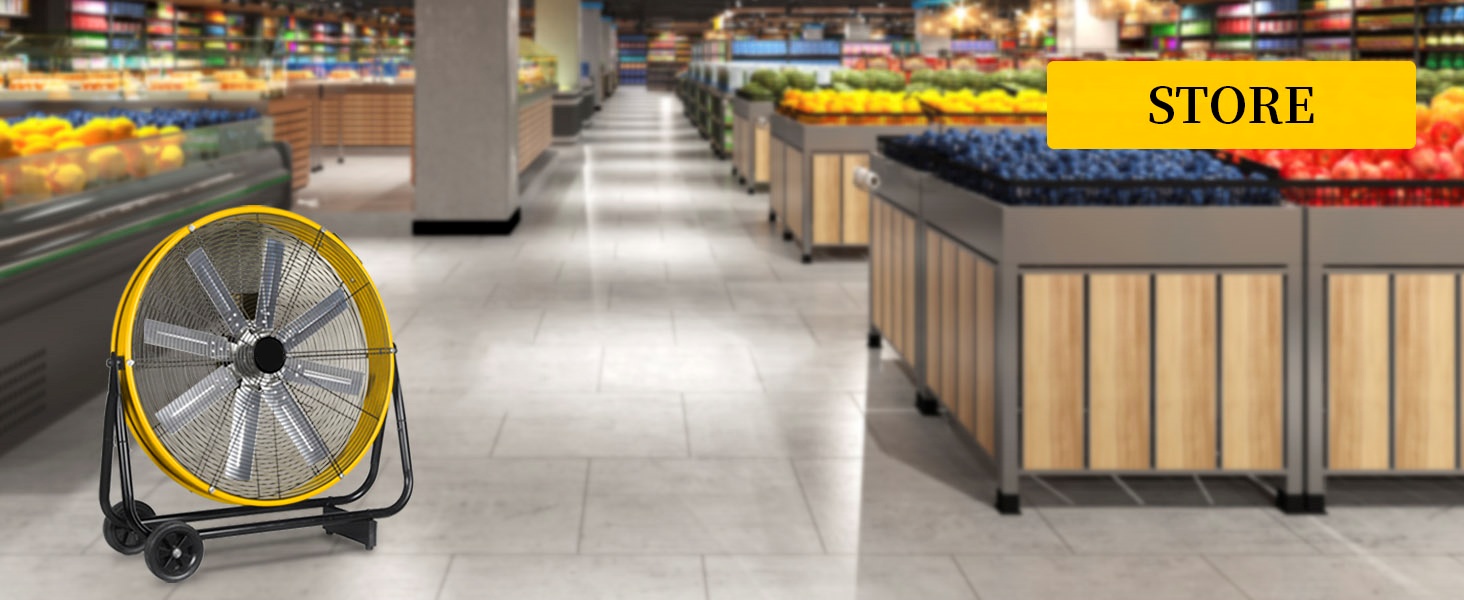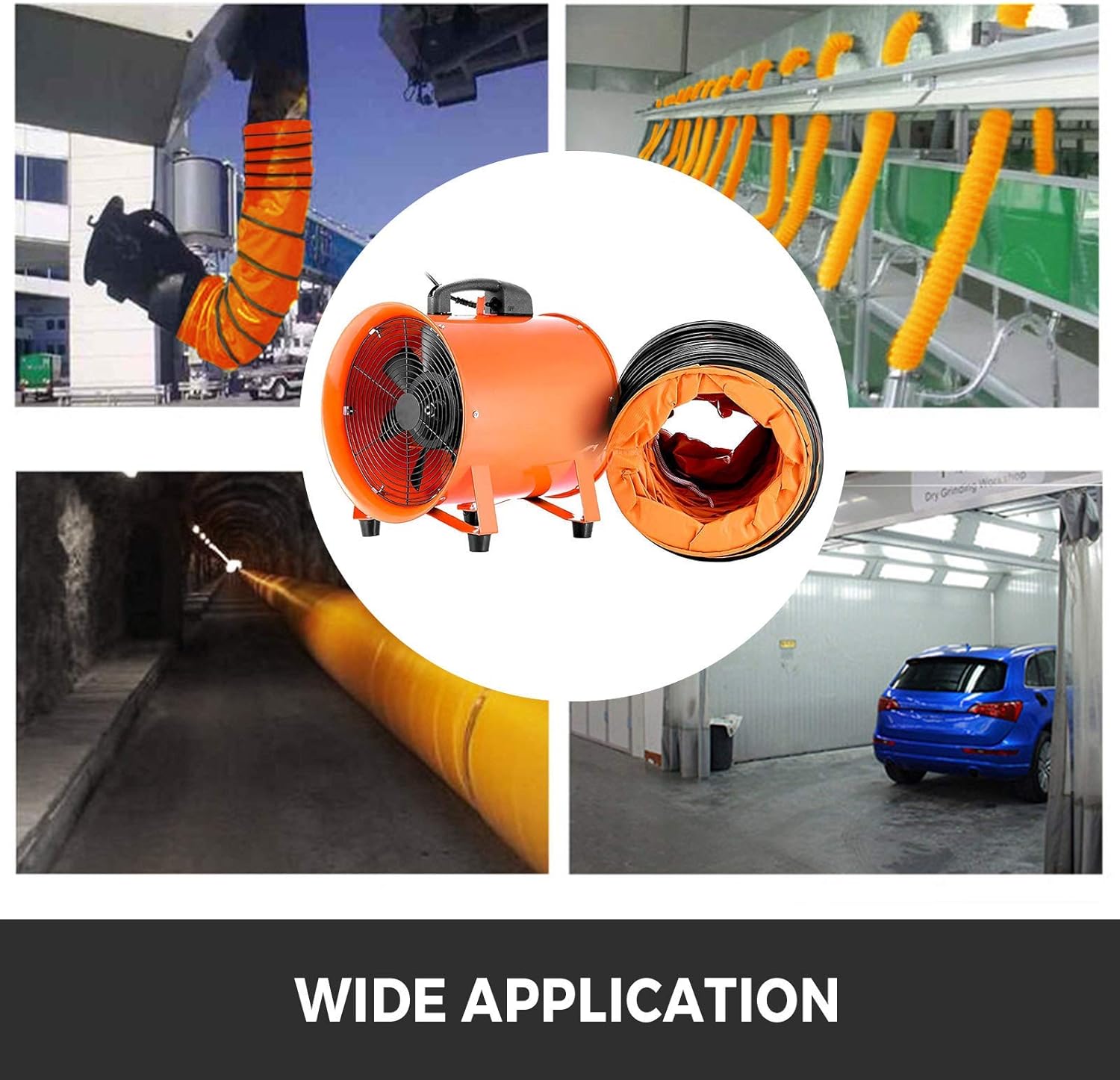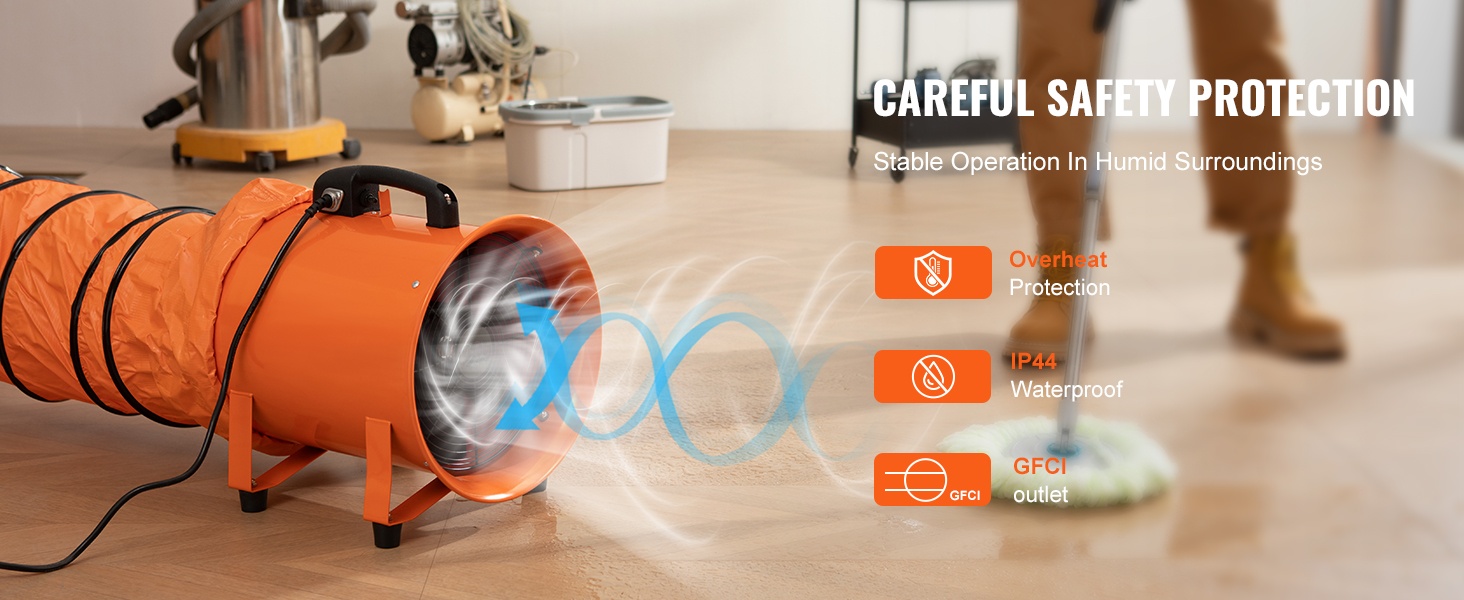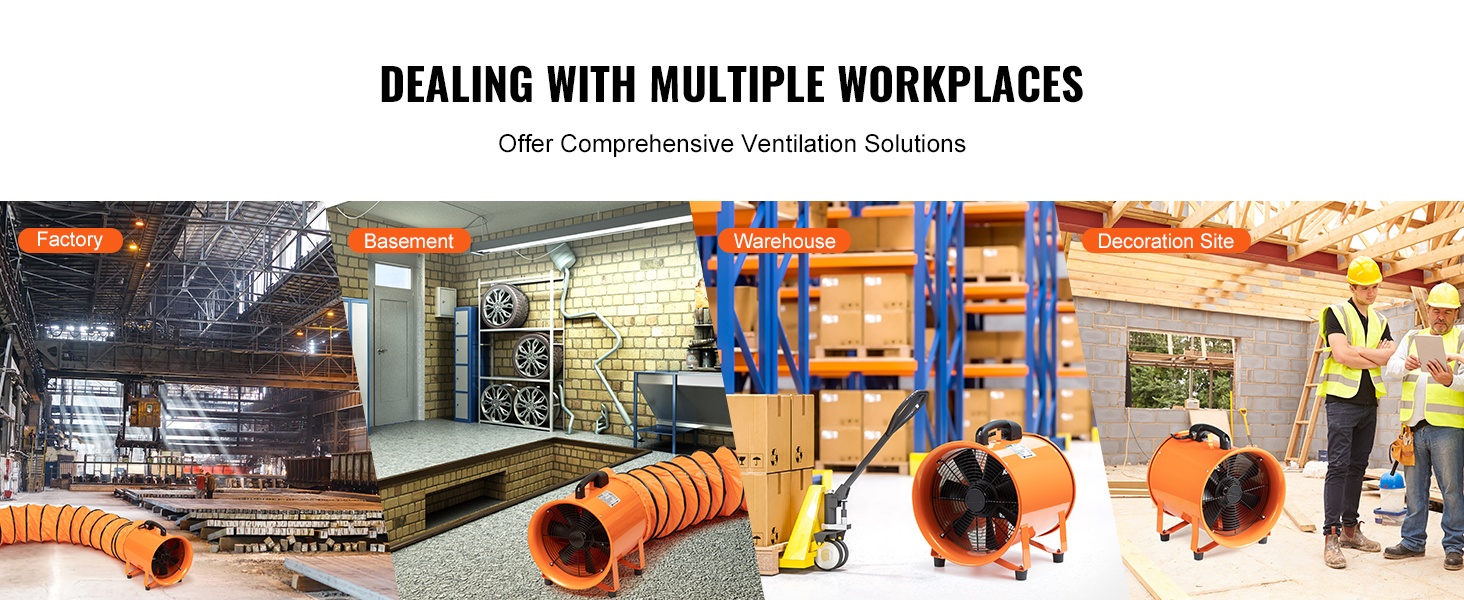In the landscape of modern industry and large-scale commercial spaces, the role of a high-performanceindustrial fanis indispensable for ensuring safety, productivity, and comfort. These robust machines are engineered to handle the rigorous demands of environments such as warehouses, manufacturing plants, workshops, and construction sites. The primary objective is to facilitate effective air circulation, ventilation, and temperature control, which are critical for maintaining a healthy and efficient workspace. Whether the goal is to exhaust harmful fumes, cool down heat-generating equipment, or simply provide a constant flow of fresh air, the right fan system is a cornerstone of operational excellence.
Understanding Core Functionality and Blower Systems

At its core, anindustrial fanis designed to move a substantial volume of air. The specific design, however, dictates its application. For instance, a high-velocity axial fan is perfect for general cooling and air movement in open spaces. For applications requiring more force to push air through ducts, filters, or other forms of resistance, an industrial blower fan is the superior choice. These units generate higher pressure, making them ideal for tasks like ventilating confined spaces through long, flexible ducting, removing sawdust in a woodshop, or providing combustion air for industrial burners. The power behind anindustrial blower fanensures that air can be directed precisely where it is needed, overcoming obstacles and ensuring consistent performance in challenging system layouts.
Targeted Ventilation withIndustrial Exhaust Fans
One of the most critical applications forindustrial ventilationis the removal of contaminated air. This is the primary function of an industrial exhaust fan. In environments like paint booths, welding workshops, or chemical processing plants, the buildup of fumes, smoke, and airborne particulates can pose significant health and safety risks. Anindustrial exhaust fanis specifically engineered to capture these contaminants at the source and expel them outside, creating a safer breathing zone for workers. These fans are essential for complying with occupational health standards and preventing product contamination, ensuring both personnel and process integrity. The strategic placement of an industrial exhaust fan can transform a hazardous area into a safe and productive workspace.
Maximizing Air Circulation with Ceiling Fans
While portable and exhaust fans solve targeted problems, the challenge of maintaining consistent air temperature and quality in vast, open areas like warehouses and distribution centers is best met by anindustrial ceiling fan. These large-diameter fans move massive amounts of air at a low speed, creating a gentle but pervasive breeze throughout the entire facility. This process, known as destratification, mixes the air to eliminate hot and cold spots, leading to a more comfortable environment and significant energy savings on heating and cooling. An industrial ceiling fan works year-round, pushing warm air down in the winter and creating a cooling effect in the summer, making it a highly efficient and cost-effective solution for large-scale climate control.
Choosing the Right Industrial Air Movement Solution
Selecting the appropriate industrial fan requires a thorough analysis of the specific needs of the facility. Factors to consider include the size of the space, the nature of the operations being performed, the type of airborne contaminants present, and the need for portability versus a fixed installation. For versatile needs, a portable unit with features like adjustable tilt and heavy-duty wheels offers flexibility. For dedicated fume extraction, a powerful industrial exhaust fan is non-negotiable. For overall climate management in a large building, an industrial ceiling fan provides unmatched efficiency. Consulting with ventilation experts who offer a comprehensive range of solutions ensures that your investment optimizes safety, comfort, and operational efficiency for years to come.




